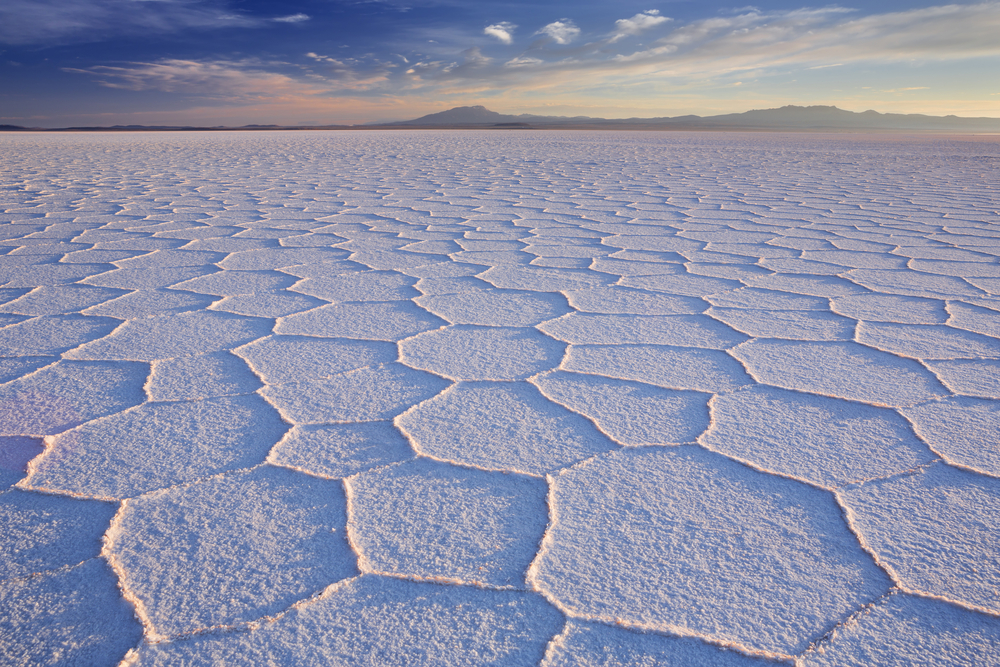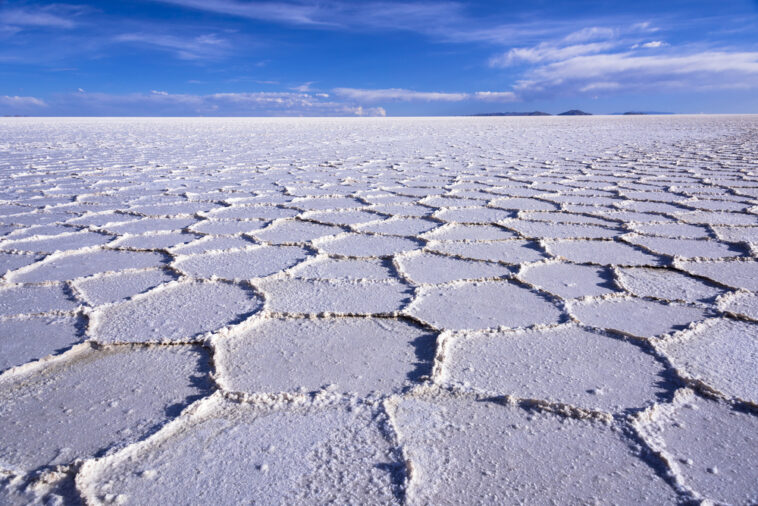Scientists have cracked the code behind the fascinating honeycomb patterns seen in salt deserts, like those in Death Valley, California, and Salar de Uyuni in Chile, famous backdrops in movies like ‘Star Wars: The Last Jedi’. These deserts are known for their extreme conditions and unique, polygon-shaped structures that draw hundreds of thousands of visitors every year.
Previously, experts thought these patterns were either the result of the salt crust cracking as it dried or the crust growing and bending due to space constraints. But neither theory could explain why these patterns consistently measure one to two meters across or their distinct honeycomb shape.

The real answer, discovered by researchers from Nottingham Trent University and TU Graz in Austria, lies beneath the surface. They found that the movement of salty water under the ground, known as convection, creates these honeycomb-like structures. This process also explains why the patterns always grow to a similar size at a consistent rate.
To uncover this natural mystery, the team conducted laboratory experiments to see how salty water moves through sandy soils and used computer simulations to understand how these patterns could form under various conditions. They even went into the field in California to see these patterns in the wild and take samples, proving that the movements of underground water match the patterns seen on the surface.
This groundbreaking study revealed that salty groundwater, which is just below the surface and too salty to drink, plays a crucial role. When this water evaporates under the hot sun, it leaves behind salt, making the water directly below the surface saltier and heavier.
This causes the saltier water to sink and fresher water to rise, creating convection rolls of water underground. When many of these convection rolls form next to each other, they’re squeezed into a hexagonal, honeycomb pattern. Over time, salt crystallizes more at the surface, especially along the edges where salty water sinks, forming the raised edges of the honeycomb pattern.
Understanding these patterns is more than just satisfying curiosity. It can help predict the amount of dust blown from salt deserts into the atmosphere, which affects cloud formation and the spread of minerals to the oceans.


